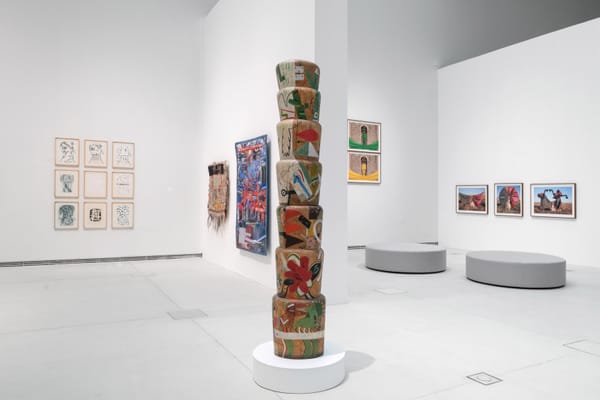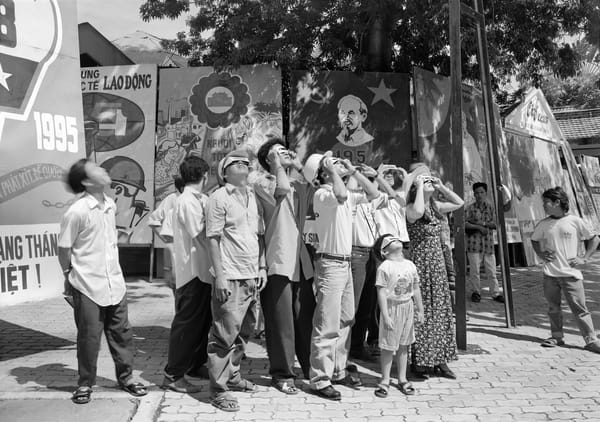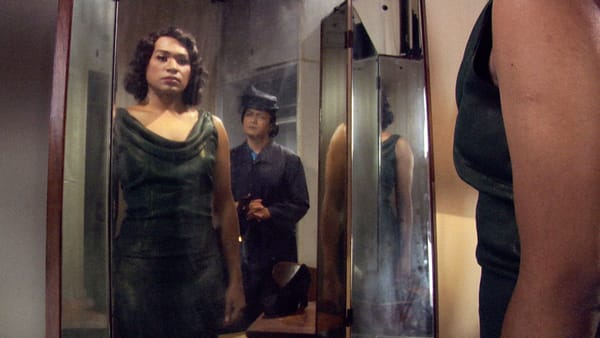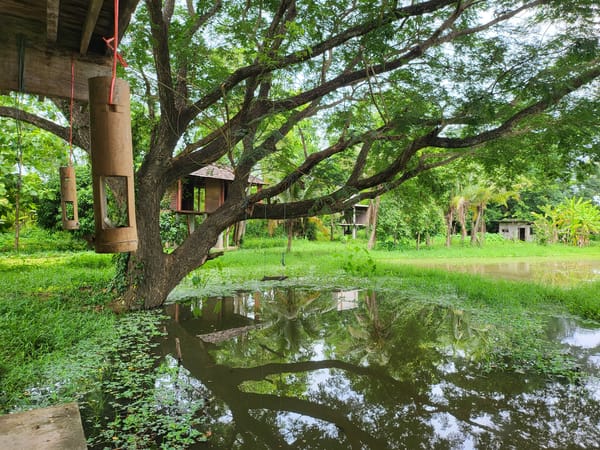Issue
Inside Burger Collection: Anne Truitt
Each issue, ArtAsiaPacific presents a critical essay in collaboration with Burger Collection, a Hong Kong nonprofit that partners with many institutions to support contemporary art worldwide.
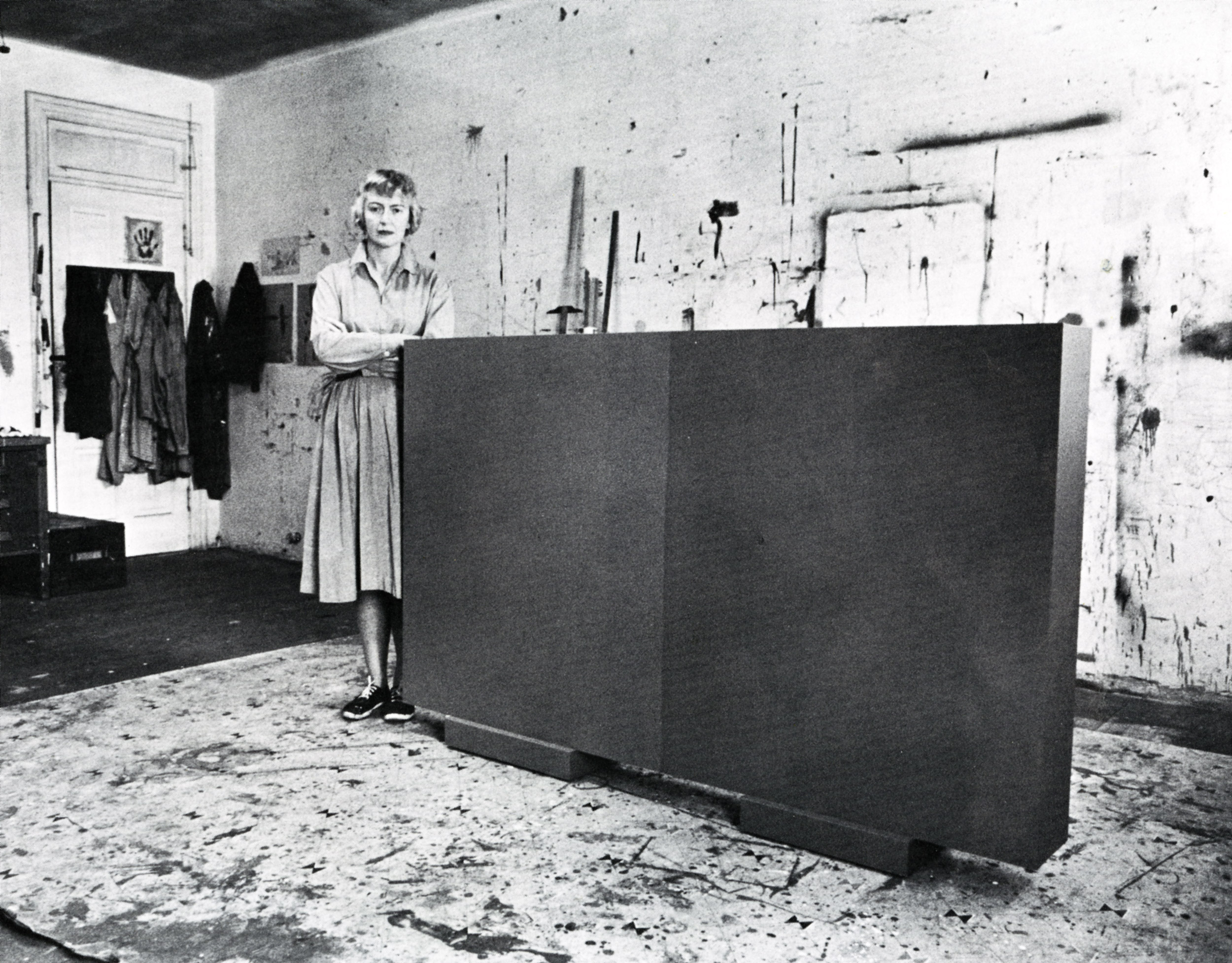
In the few photographs that exist of Anne Truitt in her studio, she is always wearing a placid, nearly inscrutable expression. She makes eye contact, but her mind is elsewhere. In 1962, perhaps she is thinking about Tor, the imposing poplar slab she has just bisected and layered with dark paint. In 1986, perhaps it is about the pale blue buoyancy of Landfall (1970), and how she will finish the two sculptures towering beside her.
Even in photographs, Truitt’s forms captivate. This is due to her rigorous and intimate craftsmanship: after enlisting a cabinetmaker to make a structure to her exact specifications, she repeatedly painted and sanded the wood until completion—sometimes stripping off all the layers to start over again. For over 50 years she maintained this careful practice, making art until she passed away in 2004 at the age of 83.
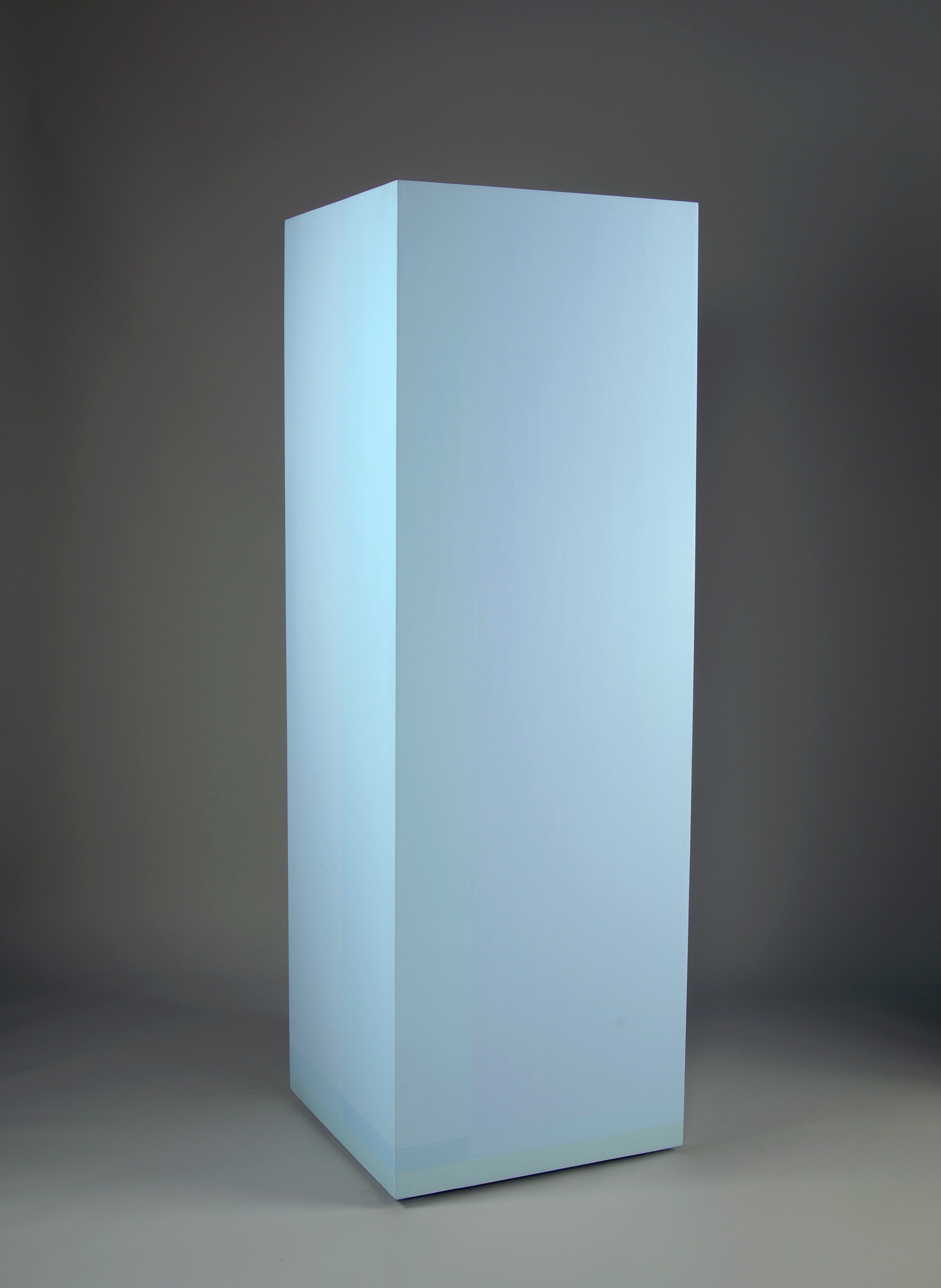
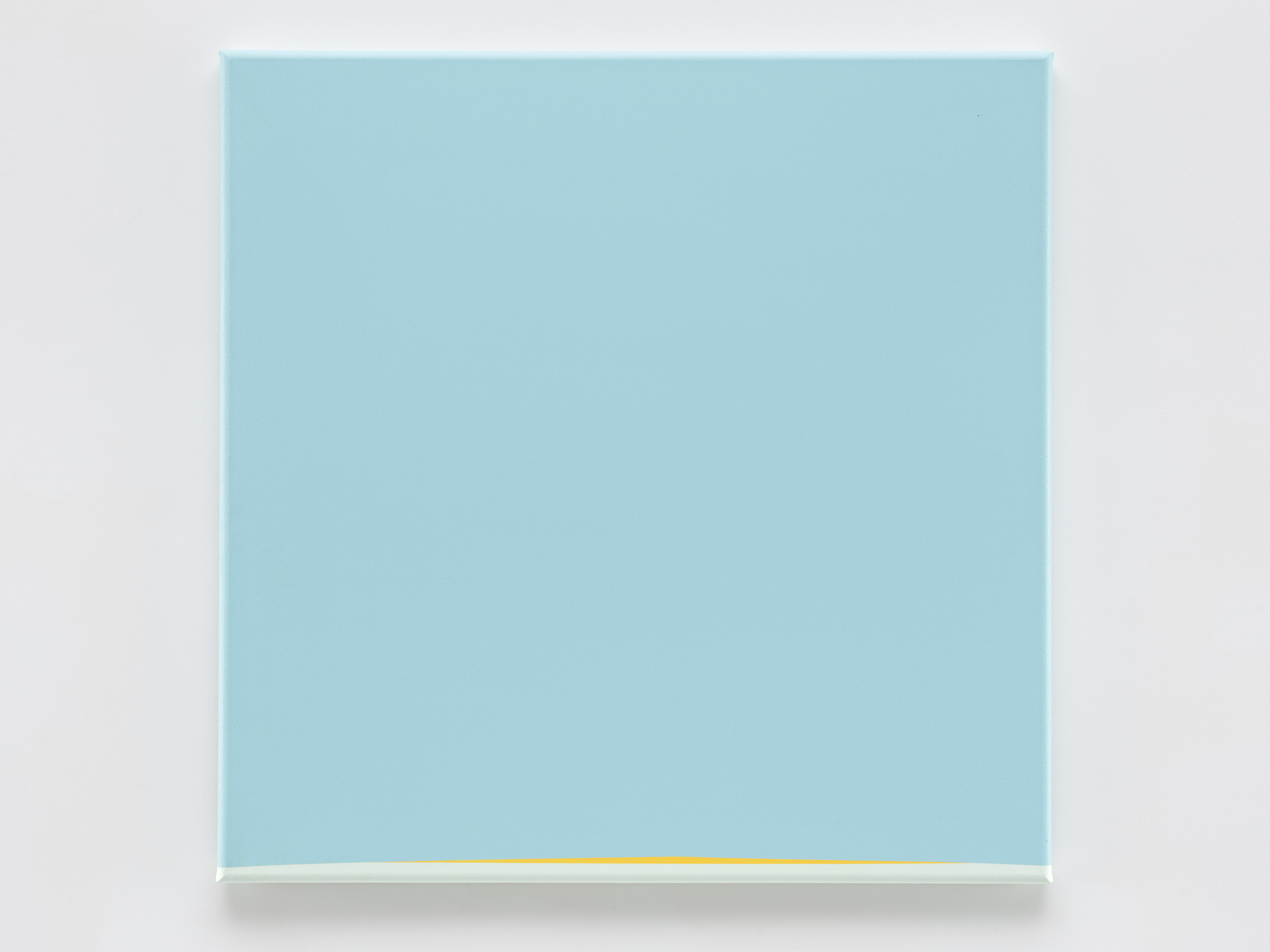
Her formalism was deeply evocative, troubling the objectivity of critics and historians seeking to position her. Upon visiting her Twining Court studio in the heart of the District of Columbia in 1962, art critic Clement Greenberg proclaimed, “Now there will be three in Washington.” He was offering her a place alongside Morris Louis and Kenneth Noland as the key Color Field painters in the city. Her 1963 debut at André Emmerich Gallery in New York is today cited as one of the earliest appearances of Minimalism. But these classifications are limiting.


